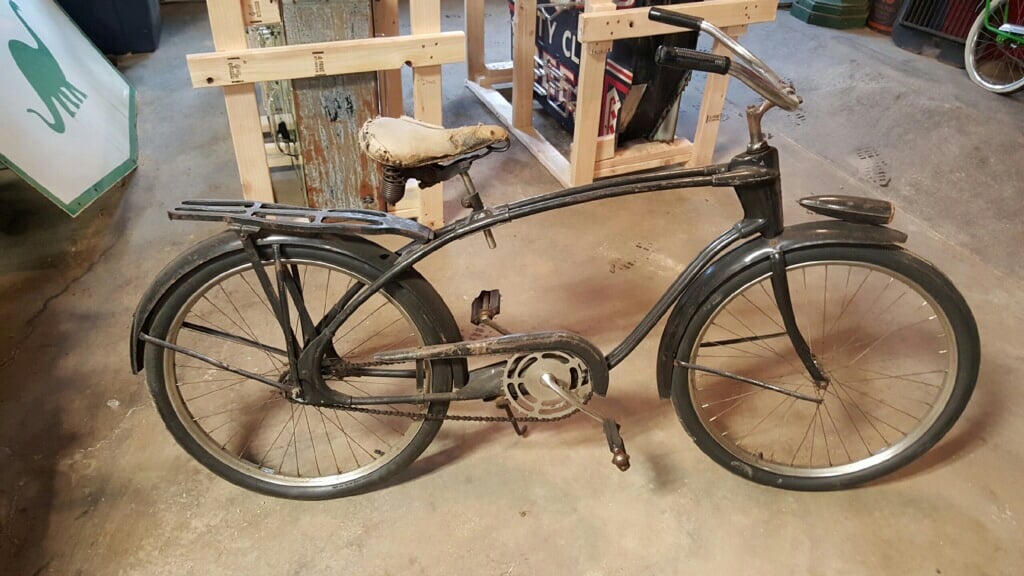I like the 3rd generation Nova's myself with my fav being the 1970 SS 396
The 1968 models were fully redesigned with an extensive restyle on a longer 111-inch wheelbase that gave Chevy's compacts a chassis that was just one inch shorter than that of the midsize Chevelle coupe. The station wagon and hardtop sport coupe were discontinued, the former in line with an industry trend which left AMC the only American maker of compact station wagons until Chrysler rejoined the market in 1976 (the 1966-70 Ford Falcon wagon was actually a midsize, using a bodyshell identical to the Fairlane wagon's). One notable change was the front subframe assembly — as compared with
Ford, Chrysler and
AMC, in whose cars the entire front suspension was integrated with the bodyshell, a separate subframe housing the powertrain and front suspension (similar to the front part of the frame of GM's
full-size, full-framed vehicles) replaced the earlier style. Although the front subframe design was unique for the Nova, the
Camaro introduced a year earlier was the first to incorporate such a design; the redesigned Nova was pushed a year ahead to 1968 instead of 1969. The sales brochure claimed 15 powertrain choices for coupes and a dozen for sedans. Options included power brakes and steering, Four-Season or Comfort-Car air conditioning, rear shoulder belts, and head restraints. There were a few Chevrolet Novas built with the 194 ci (3.1 L), the same motor that had been used in the previous generations of the Chevy II.
Sales of the 1968 Chevy Nova fell by half. Chevrolet dropped the Chevy II portion of its compact car's name; it was now known simply as the Chevrolet Nova. The 153 cu in (2.51 L)
four-cylinder engine was offered between 1968 and 1970, then was dropped due to lack of interest (besides its other usage in the Jeep DJ-5A a.k.a. the Postal Jeep) and to clear the field for the Vega. Far more popular were the 250 cu in (4.1 L) six-cylinder and the base 307 cu in (5.03 L)
V8, which replaced the 283 cu in (4.64 L)
V8 offered in previous years. Several units were produced with the 327 cu in (5.36 L), 275 hp (205 kW), engine, four-barrel quadrajet carb and four-speed Saginaw transmission with a heavy duty 12 bolt positraction rear as a "towing option' package. At mid-year, a
semi-automatic transmission based on the Powerglide called the Torque-Drive (RPO MB1) was introduced as a low-cost option (~$100 less than the Powerglide) for clutchless motoring. The Torque-Drive transmission was only offered with the four and six-cylinder engines. The two-speed Powerglide was still the only fully
automatic transmission available with most engines, as the more desirable three-speed Turbo-Hydramatic was only available with the largest V8 engines.
The 1970 Nova was basically a carryover from 1969. The side marker and taillight lenses for the 1970 Nova were wider and positioned slightly differently. This was the final year for the SS396 (actually, a 402 cubic in. engine now). All other engines were carried over including the seldom-ordered four-cylinder which was in its final year.
[18] The car finally became simply the Chevrolet Nova this year after two years of transitional nameplates (Chevy II Nova in 1968 and Chevrolet Chevy Nova in 1969). Out of 254,242 Novas sold for 1970, 19,558 were the SS 350 or SS 396 version. Approximately 177 Central Office Production Order (COPO) Novas were ordered, with 175 converted by
Yenko Chevrolet. The other two were sold in Canada. The Nova was used in
Trans-Am racing this year.
Retired
race car driver and
muscle car specialist
Don Yenko of
Yenko Chevrolet in
Canonsburg, Pennsylvania refitted a series of Third generation Novas, as well as
Chevelles and
Camaros for optimum performance to compete with the frontrunning
Ford Mustangs,
Plymouth Barracudas and
Dodge Challengers. The specially redesigned Nova (sometimes known as the "Yenko Supernova") had a stronger body frame and suspension system to house the powerful and heavy 427cid (7.0L)
V8 engine that powered the Yenko Super Cars. Only 37 were known to be produced with an original selling price of $4,000.00. Today, only seven units are registered and known to exist. In 1970, emissions standards and fuel economy were taking a toll on muscle cars. To counter this, Yenko requested a high-output Chevy 350cid V8 in his special line of Novas, the same engine that the new Z-28 Camaro and LT1 Corvette shared. Additionally, the new "Yenko Deuce", as it was known, had extensive suspension, transmission, and rear axle upgrades along with some very lively stripes, badges, and interior decals.






































































